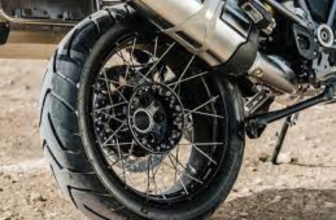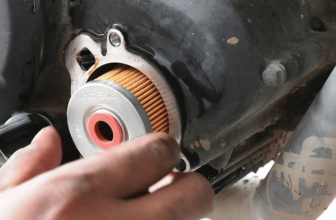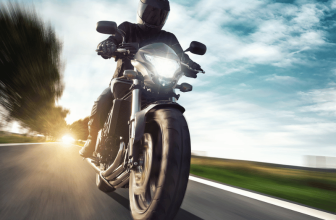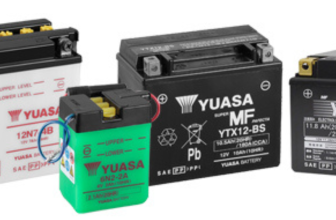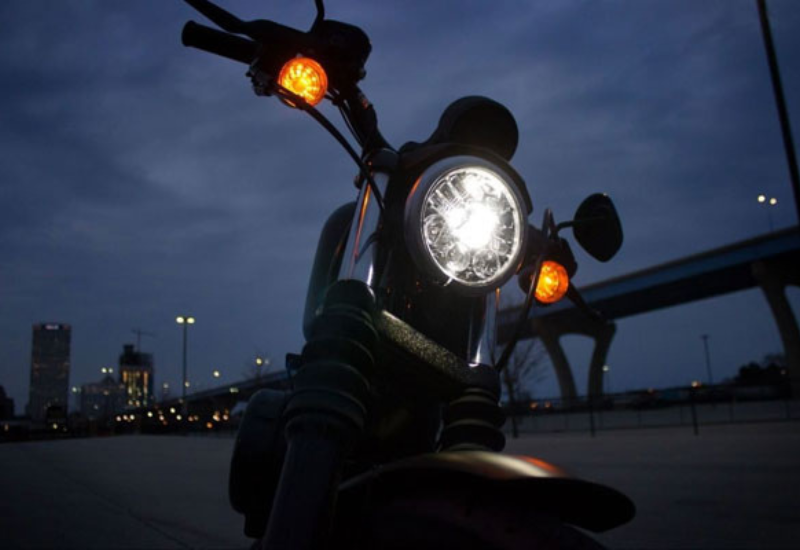
Motorcycle Lighting Issue & Solution
Ensuring proper motorcycle lighting is a critical safety concern for riders, particularly in Bangladesh where road conditions and terrains are often substandard and pose risks for nighttime travel. The stock lighting arrangements commonly provided may not suffice to address the challenges posed by uneven surfaces. Consequently, there is a growing array of options available in the market to tackle this issue, making it a current focal point for discussion.
Motorcycle manufacturers meticulously design the appropriate lighting systems tailored to each specific category of motorcycle. They assess the illumination capacity and lighting configuration based on the motorcycle’s category, intended use, and anticipated environments.
Motorcycle Lighting Issue – Be Happy with Stock Lighting System
In general, the stock lighting setup on a motorcycle is designed to meet the standard requirements for its intended riding conditions. Manufacturers carefully determine the features of their specific models based on the bike’s purpose and capacity. In most cases, the stock lighting arrangement is sufficient for the intended purpose of the motorcycle.
It is advisable to stick with the stock lighting system and become accustomed to its features. Riding the motorcycle as it was designed helps to avoid electrical issues, ensures optimal battery life, and minimizes maintenance costs. Following the standard riding pattern for the bike’s specific purpose is also a safer approach for the rider. Moreover, adhering to the stock configuration eliminates the need for further modifications, reducing overall maintenance expenses.
Motorcycle Lighting Issue – Don’t Change the Stock Electricity System
Our motorcycles are equipped with two distinct electrical systems: AC and DC types. While both systems essentially follow the same fundamental arrangement and ultimately operate in DC, they differ primarily in the lighting system.
In the DC type, the lighting system, including the headlamp and tail lamp, offers more powerful illumination. The stability of illumination is noteworthy across various engine RPM ranges since electricity directly originates from the battery. On the other hand, the AC system draws power directly from the engine generator, resulting in less stable headlamp and tail-lamp illumination, which is also comparatively less powerful than the DC system.
Motorcycle Lighting Issue – Stay Within Stock Power Rating
Another commonly made mistake involves the replacement of the stock headlamp bulb in pursuit of enhanced illumination. Frequently, individuals swap out the stock bulb for a higher wattage variant or opt for HID, LED, or projector lights with elevated watt ratings.
It’s essential to understand that these types of light upgrades necessitate a comprehensive overhaul of the electrical system. This is because these lights are high-powered and demand a substantial amount of electricity. Additionally, some lights generate significant heat, which must be dissipated through an appropriate heat-sinking system. Consequently, such upgrades are not suitable solutions for low-profile motorcycles.
Motorcycle Lighting Issue – Upgrade Stock Light with Same Power Rating
A secure solution to address inadequate illumination is to replace the stock bulb with a high-performance alternative, ensuring it remains within the same power rating. Aftermarket high-performance, plug-and-play products with equivalent power ratings and wattage are readily available.
The differentiating factor between stock lights and performance lights lies in their design for higher Lumen power, and some are more energy-efficient. However, it’s essential to note that these lights come with a higher price tag, reflecting the quality that makes them less common in lower-priced motorcycles.
Motorcycle Lighting Issue – Use Auxiliary Light
An alternative and highly effective solution for improving illumination is to incorporate auxiliary lights. In today’s market, there are low-wattage yet high-lumen auxiliary lights and fog lights available. These serve the dual purpose of enhancing illumination and addressing fog-related challenges during the winter season.
Installing auxiliary lights is a straightforward process, as they can be easily fitted with a simple on/off switch, drawing power directly from the battery. This solution is both convenient and suitable for motorcycles with AC electricity systems, as well as those with DC systems. Additionally, given their individual circuitry, these lights can be used independently only when necessary, without causing any interference with the main wiring.
Motorcycle Lighting Issue – Reduce The Electricity Load
When enhancing the lighting system of a motorcycle, a crucial consideration is to alleviate the strain on the battery caused by other devices. All types of lighting system upgrades have minimal impact on the motorcycle battery, but this concern is particularly relevant for DC-type electricity systems that draw substantial current directly from the battery. Therefore, it’s essential to reduce additional loads on the battery when using an upgraded illumination system.
To achieve this, it’s advisable to minimize other electrical loads, such as additional horns, signals, grip heaters, gadget chargers, decorative lights, and even modern security systems, which can be significant consumers of battery power.
Motorcycle Lighting Issue – Upgrade Complete Electricity System
The most costly and extensive upgrade for a motorcycle is the complete overhaul of its electrical system. This is not feasible for every motorcycle model, as aftermarket parts setups may not be available for every bike in the market.
A comprehensive electrical system upgrade entails the replacement of various components, including the electrical generator, rectifier, battery, wiring, and more. This upgraded system is designed to handle the additional load from extra lights, signals, or other devices.
A notable example of motorcycles undergoing complete electrical system upgrades is seen in law enforcement agencies. Police or Special Forces motorcycles often undergo such comprehensive packages to accommodate a wide range of electronic devices and gadgets. This showcases the extensive nature of modifications and the associated costs involved.
Dear readers, that concludes our discussion on motorcycle lighting issues. I trust you now have a clear understanding of common practices and potential solutions to these concerns. I encourage you to take good care of your motorcycle and adopt appropriate measures for issue resolution. It’s crucial to understand your needs and align your expectations accordingly to find the best solutions. Keep riding safely.



